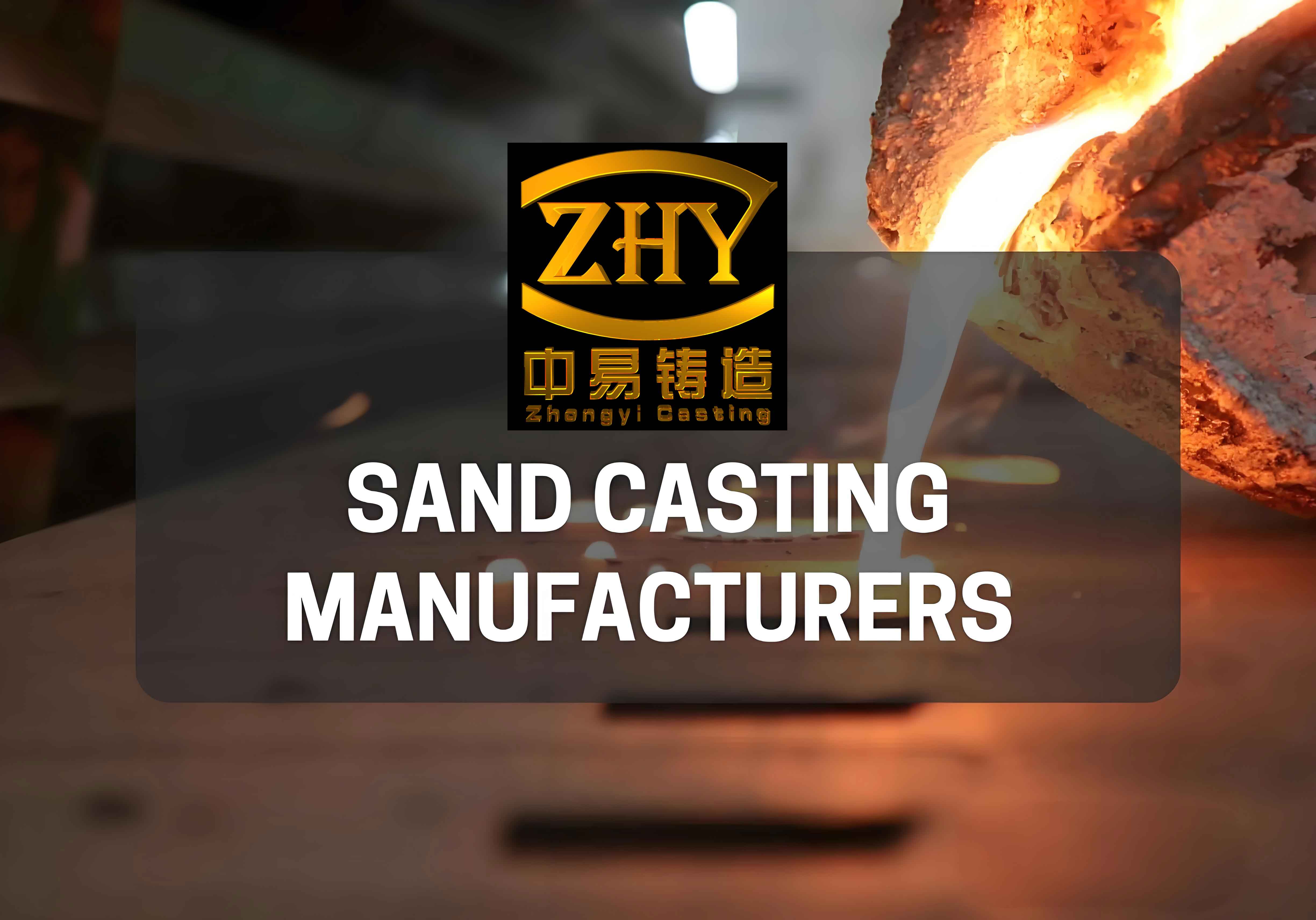The manufacturing of large-scale aluminum bronze (C95820) double-suction impellers presents significant challenges in traditional sand casting due to complex geometries, uneven wall thickness, and material-specific solidification characteristics. This article details an optimized foundry process combining 3D printed sand molds with advanced simulation techniques to overcome these challenges.
1. Material Characteristics and Process Requirements
Aluminum bronze C95820 exhibits unique properties that demand precise process control:
$$ \alpha_{thermal} = 18.4 \times 10^{-6} \, \text{K}^{-1}, \quad \rho = 7.45 \, \text{g/cm}^3 $$
| Element | Cu | Al | Ni | Fe | Mn |
|---|---|---|---|---|---|
| Composition (%) | ≥77.5 | 9.0-10.0 | 4.5-5.8 | 4.0-5.0 | ≤1.5 |
The material’s narrow crystallization range (ΔTsolidus-liquidus = 38°C) requires strict control over solidification parameters:
$$ \frac{dT}{dt} = \frac{k}{\rho c_p} \nabla^2 T $$
2. Mold Design Strategy

3D printed sand molds enabled innovative solutions for complex geometries:
| Design Feature | Traditional Method | 3D Printing Solution |
|---|---|---|
| Core Complexity | Multi-piece assembly | Monolithic construction |
| Venting System | Straight channels | Conformal gas paths |
| Surface Finish | Ra 25-50μm | Ra 12-18μm |
3. Gating System Optimization
The bottom-gating system was designed using dimensionless analysis:
$$ \frac{Q_{riser}}{Q_{casting}} = 1.2 \left(\frac{V_{riser}}{V_{casting}}\right)^{0.85} $$
Key parameters for the gating system:
| Parameter | Value | Unit |
|---|---|---|
| Pouring Temperature | 1150 | °C |
| Filling Time | 120 | s |
| Gate Velocity | 0.85 | m/s |
4. Solidification Control
Chvorinov’s Rule was modified for aluminum bronze:
$$ t_f = 1.15 \left(\frac{V}{A}\right)^{1.27} $$
Where:
tf = Freezing time (s)
V = Volume (m³)
A = Surface area (m²)
5. Process Validation
Numerical simulation revealed critical quality improvements:
| Defect Type | Traditional (%) | 3D Printed (%) |
|---|---|---|
| Shrinkage | 6.8 | 0.9 |
| Oxide Inclusion | 3.2 | 0.4 |
| Gas Porosity | 2.1 | 0.3 |
The optimized sand casting process achieved 92% yield improvement while maintaining dimensional accuracy within CT10 tolerance class. This innovative approach demonstrates how 3D printed sand molds can revolutionize complex component manufacturing in energy and petrochemical applications.
